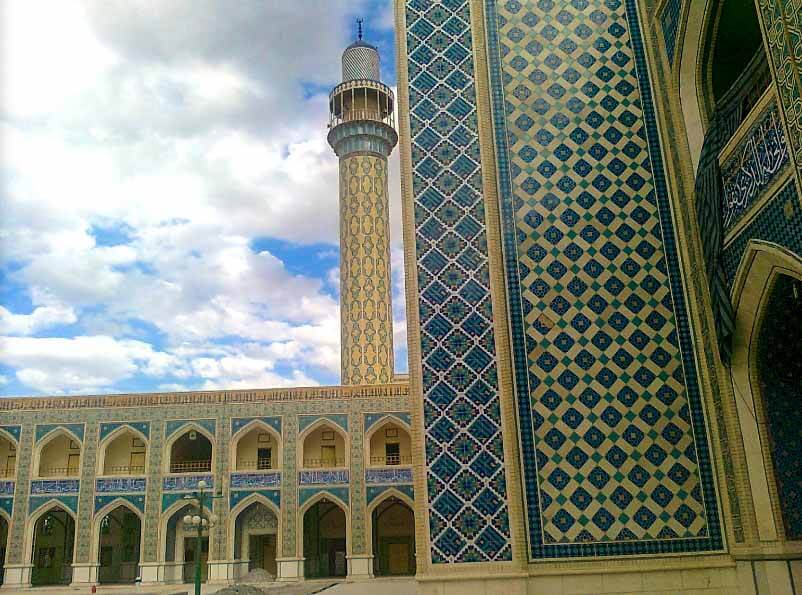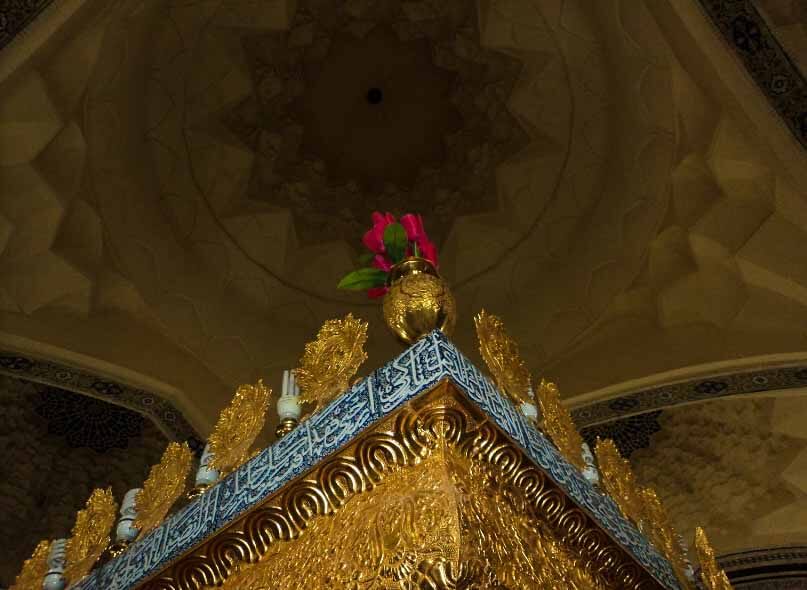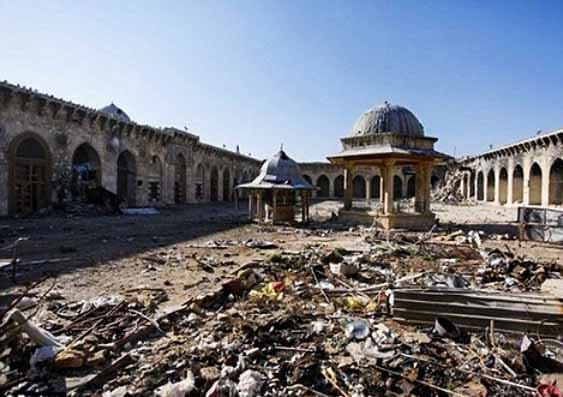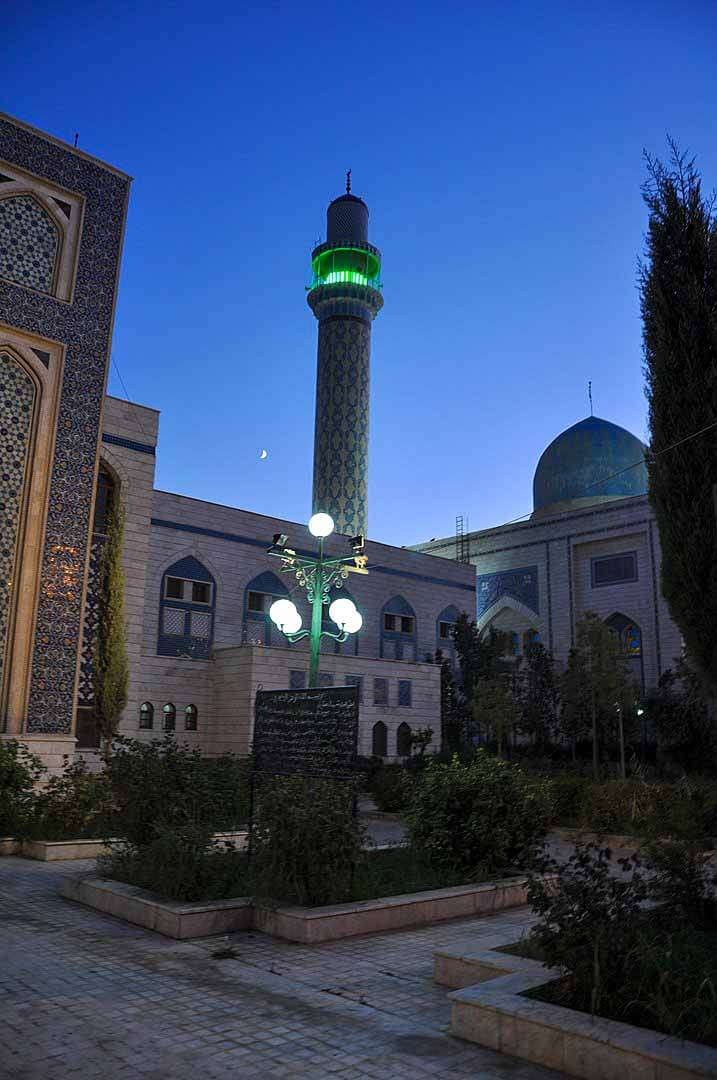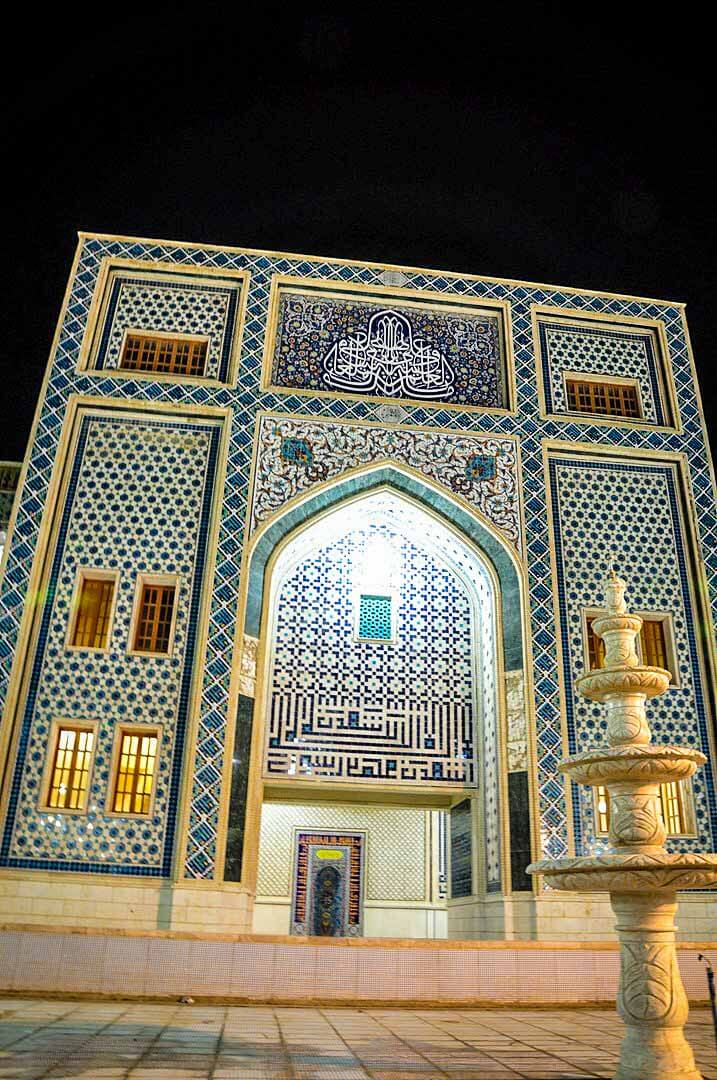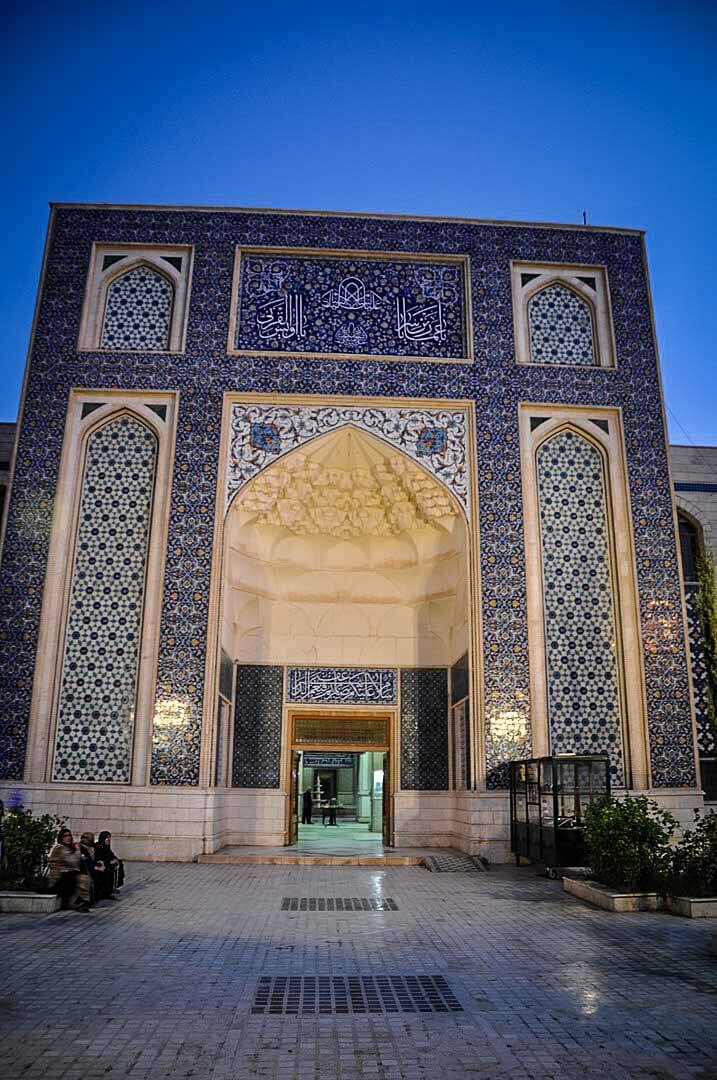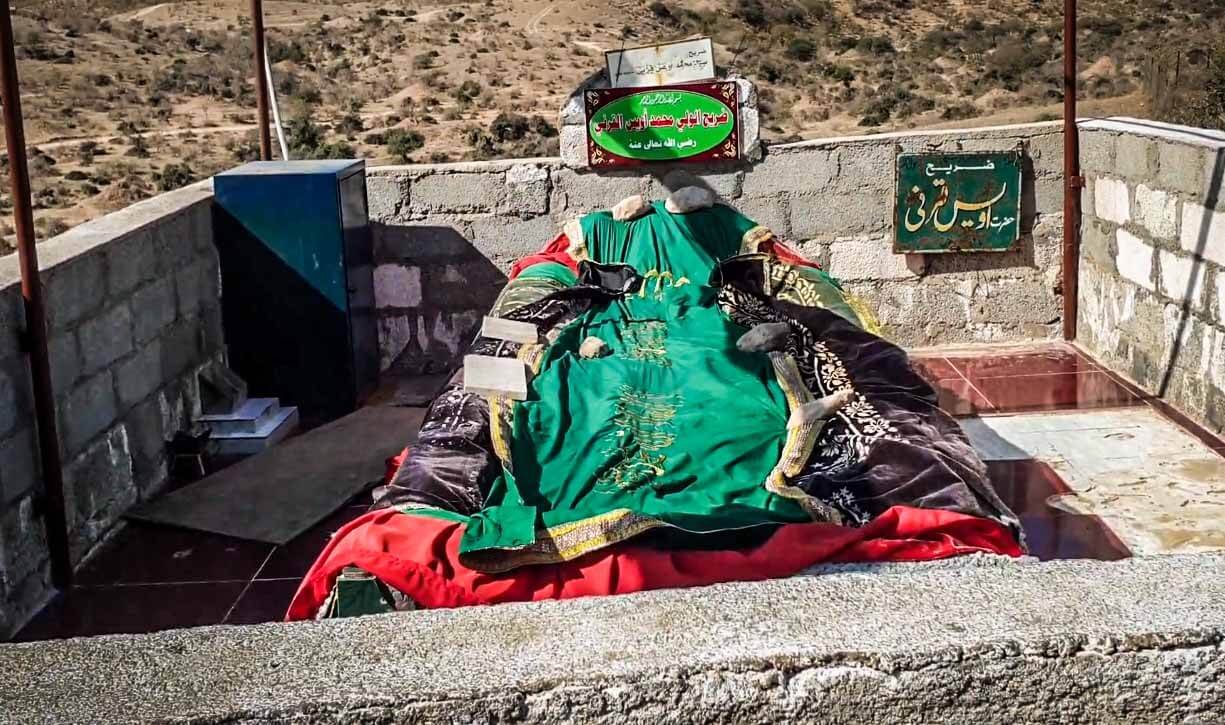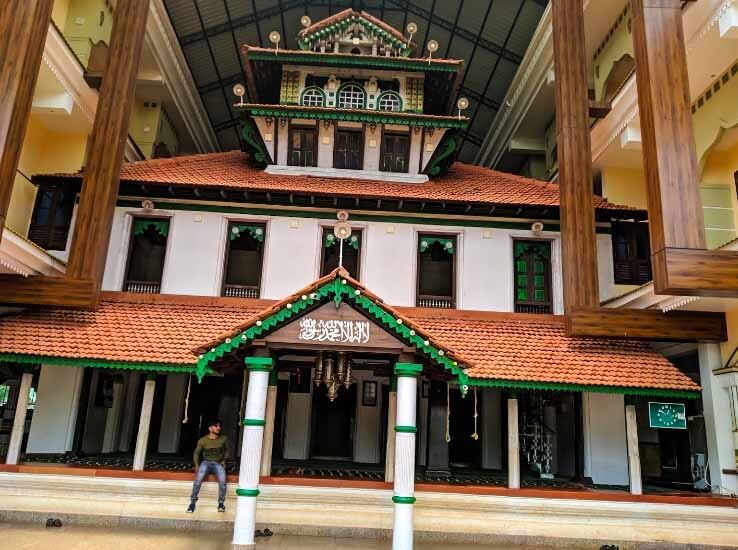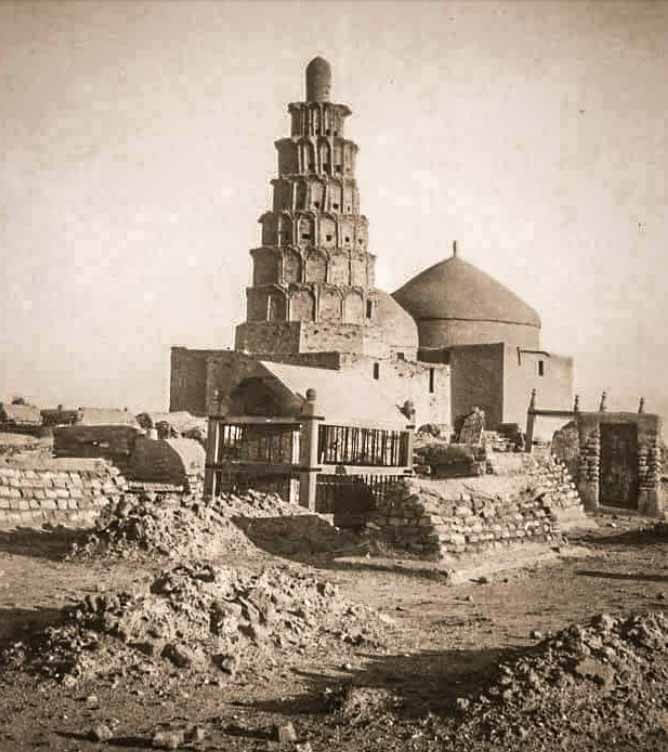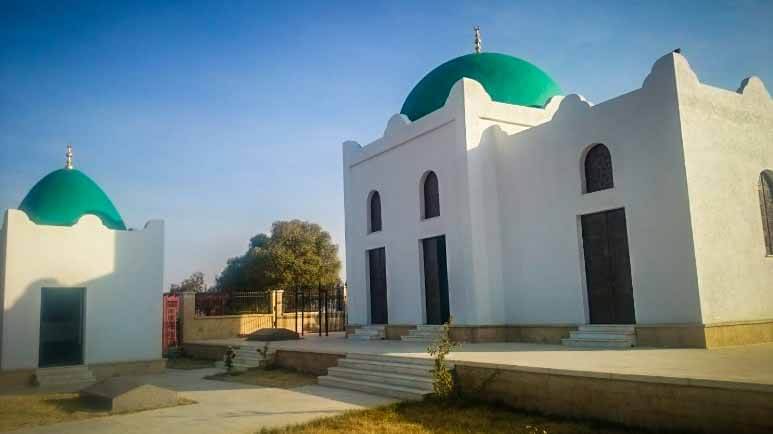Raqqah, Syria
Coordinates: 35.942629, 39.029548
Hz. Owais al-Qarani رضي الله عنه was a Muslim from Yemen who lived during the lifetime of the Prophet Muhammad ﷺ. His burial place is in Raqqa, Syria.
He is known as Khayr al-Tabi’een (‘The Best of the Tabi’un’) and Sayyid al-Tabi’een Fi Zamanahu (‘Leader of the Tabi’un of his Era’).
His memorial shrine is in al-Raqqah, Syria. It was destroyed by the ISIS in 2013.
Life
Hz. Owais al-Qarani’s رضي الله عنه father, Amir, was a strong believer in Islam. He died when Hz. Owais رضي الله عنه was still young.
His mother raised him and therefore, he was very grateful to her. He never met Hz. Prophet Muhammad ﷺ despite he lived in the same era.
Therefore, he was in the class of “Tabiun”.
About Hz. Owais رضي الله عنه, Prophet Muhammad ﷺ said that, Uwais (رضي الله عنه) is the best for his good deeds and for his love for Allah amongst all Tabiun.
Martyrdom in the Battle of Siffin
In 657 CE, Hz. Owais al-Qarani رضي الله عنه fought on the side of Hz. Ali ibn Abi Talib رضي الله عنه in the Battle of Siffeen.
As reported by Ibn Battuta, he was martyred in this battle.
His love for Prophet Muhammad ﷺ and his high status
His story sets an example for all the Muslims as how even without meeting the Prophet Muhammad ﷺ, one may still earn Allah’s favor and His pleasure, on account of his unflinching love for the Prophet Muhammad ﷺ.
Hz. Owais al-Qarani رضي الله عنه could never meet the Prophet ﷺ in person, but he is arguably the only person in Islamic history who is said to have been accorded the status of sahabi (companion) by none other than Prophet Muhammad ﷺ himself.
(To be a companion, it required the criterion of meeting the Prophet while having faith.)
Hz. Owais al-Qarani رضي الله عنه learned that there is a great reward in Islam for serving parents. His mother was sick and blind. So he devoted himself solely to the service of his mother.
He was 28 years of age when Holy Prophet ﷺ had migrated to Madinah Munawwarah. He had a keen desire to visit him, but was preoccupied with the service of his sick mother. Yet he would keep a tab on the developments in Hijaz.
When he heard about the sad news of the Battle of Ohud (625 CE), when a tooth of the Prophet was martyred, Hz. Owais رضي الله عنه out of love for him, broke all his teeth. Thus was his love for the Holy Prophet ﷺ.
The Holy Prophet ﷺ knew about Hz. Owais رضي الله عنه and his love for him. He once told Hz. Umar ibn Khattab رضي الله عنه about Hz. Owais رضي الله عنه and had predicted that Hz. Umar (رضي الله عنه) would meet Hz. Owais رضي الله عنه after his (the Prophet’s) passing away.
He gave all the details about him and advised him to seek prayers for his forgiveness and for the whole Ummah.
The companions asked if they could see him but the Holy Prophet ﷺ replied: “No, only Umar bin Khattab (رضي الله عنه) and Ali (رضي الله عنه) would meet him,” and gave identity marks of Qarni (رضي الله عنه). He directed them both: “When you see him, convey to him my salaam and ask him to pray for my Ummah.”
During Prophet ﷺ’s last days, he ﷺ asked Hz. Umar(رضي الله عنه) and Hz. Ali (رضي الله عنه) to pass his Jubba (the blessed cloak) to Hz. Qarni رضي الله عنه and ask him to pray for the forgiveness of the Muslim Ummah.
This demonstrates the exalted status of Hz. Qarni رضي الله عنه.
Shrines
The main mausoleum and shrine of Uwais Qarni is at Raqqa, Syria in the Ammar Ibn Yasir Mosque. On March 11, 2013 the Islamic State of Iraq and the Levant bombed and heavily damaged the mosque of Uwais and Ammar ibn Yasir located in Raqqa.
Uwais also has a mosque in Mosul, Iraq, but it was also destroyed in 2014.[5]
Purported tombs are also revered in Pakistan and Oman.
The Uwaisi form of Islamic mysticism was named after Uwais, as it refers to the transmission of spiritual knowledge between two individuals without the need for physical interaction between them all.
Owais al-Qarni Mosque
Owais al-Qarni Mosque was a mosque in Raqqa, Syria, until it was demolished by Islamic State in Iraq and the Levant on May 31, 2014.
History
It contained the shrines of Hz. Ammar ibn Yasir رضي الله عنه and Hz. Owais al-Qarani رضي الله عنه, who died in the Battle of Siffin in 657, which took place around 40 km west of Raqqa. It was adjacent to the Bab al-Baghdad, another major landmark in the city.
Construction
The original tombs were located in the old cemetery at the edge of the city. The work was completed in 2003 and a commemorative plaque credited President Bashar al Assad and Iranian President Mohammad Khatami with completing the project.
Destruction
In June 2013, rebel fighters from the Wahhabi/ Salafi group al-Muntasereen Billah were living in the mosque complex. On March 26, 2014, the mosque was blown up by two powerful explosions and completely destroyed by Islamic State in Iraq and the Levant.



